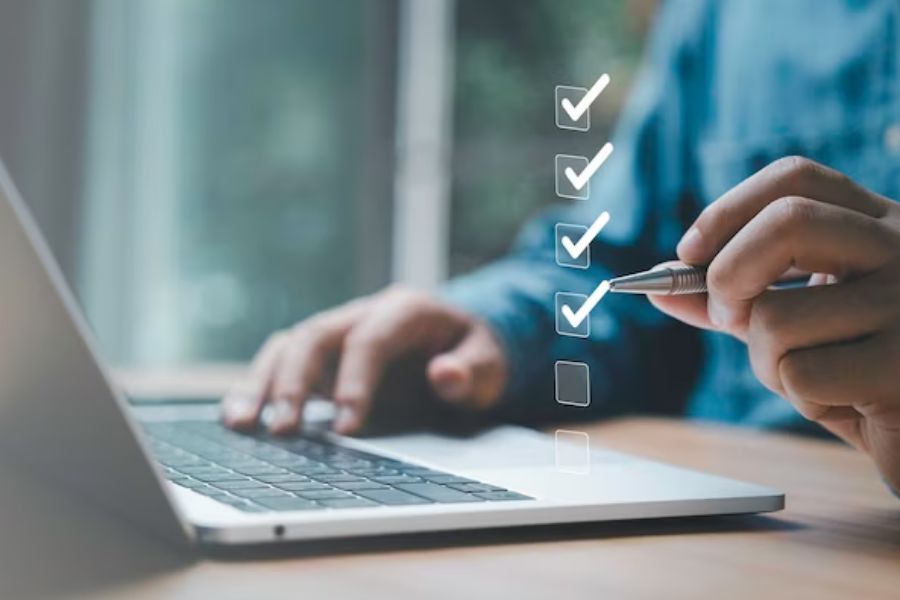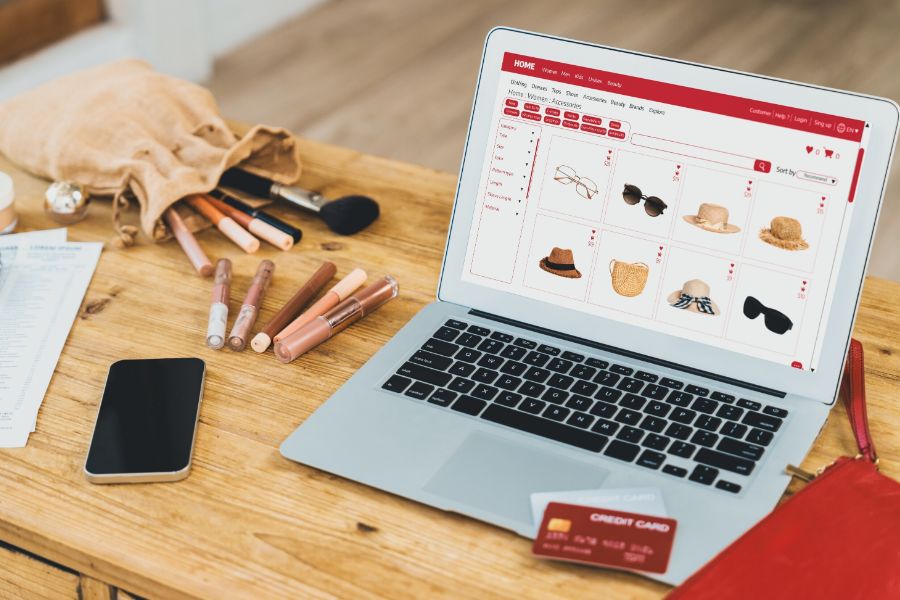Customers nowadays are not just tech-savvy, but they are also multi-channel shoppers. While physical businesses still account for the majority of sales, digital channels and social media have a significant effect on customer behavior. Customers seek highly targeted, consistent, and comprehensive experiences across all channels. As a result, retailers must move beyond the physical shop or a purely online store. This blog is the ultimate guide to building an omnichannel store.
What is an omnichannel store?
Omnichannel retail is a sales strategy in multiple channels that focuses on offering a consistent customer experience – whether the customer is purchasing online, on a laptop, or in a physical store.
Why is an omnichannel store beneficial? Omnichannel customers spend more money than single-channel customers, based on a study of 46,000 buyers. Moreover, according to another research, the average order value of retailers employing omnichannel marketing was 13% higher than the average order value of stores using single-channel marketing.
Without a doubt, an omnichannel store can boost sales and enhance the customer experience at your shop.
How to successfully build an omnichannel store?
Define the most popular channels
Developing an omnichannel marketing strategy does not necessarily mean using every available platform. Instead, it means reaching your consumers where they are and investing in the channels they use. Some of the most profitable channels nowadays for an omnichannel store include Facebook, Instagram, or an eCommerce website.
You should examine your buyer persona to see which channels are the most appropriate for your omnichannel campaign. Don’t be scared to try out new and developing platforms, but be sure to keep an eye on the outcomes to determine if it’s worthwhile to keep going.
Map out your customers’ journey
It’s important to consider your customer’s journey from one platform to the next when you develop your omnichannel journey. In a single strategy, it is important to note that you can have many journeys. But here’s the key question: how does one channel stand on its own, maybe lead to another, and eventually convince people to buy?
Let’s take Timberland as an example. Through the use of near field communication (NFC) technology, Timberland is merging the ease of shopping online with the in-person experience. In their store, Timberland installed Touchwalls that link to further information on their available online-only shoes. If customers like that items, they can then add these items to their online shopping carts or purchase them in person. In this way, this retail brand has mapped out the omnichannel journey from the offline store to their eCommerce website, with an option to pay directly in-store.
Use an omnichannel software
There are many types of software nowadays to support businesses to cater to the omnichannel shopping journey of customers. Some outstanding examples are CRM and point of sale (POS) systems. CRM refers to customer relationship management, with which businesses can stay in touch better with customers. With CRM tools, you can easily segment customers, manage customer service campaigns and provide personalized marketing. Because your business is expanding across more than one channel, having CRM will make sure you will still stay connected with customers in a consistent way.
Meanwhile, POS can serve as an all-in-one omnichannel solution. A powerful omnichannel POS can handle sales transactions, inventory management, and many more. ConnectPOS, as an example, can allow customers to buy online and pick up in-store. With the POS, retailers only have to choose the buy online pick up in store option while checking out. These activities can happen within a few clicks.
Pay attention to marketing
To execute a successful omnichannel marketing strategy, you’ll need a solid marketing stack. They can easily examine your current and prior marketing performance, as well as to conduct your campaigns. Some of the most widely used email marketing tools include MailChimp, ConvertKit, Constant Contact, and ActiveCampaign. Simple email marketing software like this allows you to create, plan, and track personalized campaigns for your eCommerce consumers and leads.
To develop a good marketing strategy for omnichannel, you’ll need a combination of online and offline resources. Don’t just solely focusing on online channels. For offline marketing methods, on-ground displays and posters can work well and capture customers’ attention.
However, it’s vital that your content remains relevant to the marketing channel. Photos and videos, for example, can fit Facebook and Instagram well and influencer marketing videos are suitable for TikTok or YouTube. After all, it’s not simply about repeating the same message across different platforms. It entails maximizing the use of several channels to guide clients through a journey that ultimately leads to a purchase.
In addition, personalized marketing can be also effective for omnichannel store. It’s essential to segment clients as soon as possible for your omnichannel business. You can use behavior-based data and triggers from POS systems as mentioned above. As a result, the information you get from these leads and consumers may help you write better, more relevant emails. This will help you be more precise with your targeted marketing.
Build order fulfillment process
The whole process from when a customer places an order to when the product is delivered to the end-user is known as omnichannel order fulfillment. It entails picking up, warehousing, packing, and timely delivery to the customer. They all happen all synchronously, with data channels centralized together. Moreover, customers can also use omnichannel retail fulfillment to explore items, compare pricing, make purchases, and get things via several channels while moving smoothly between them.
Imagine when you have to do all these steps manually. It can be very time-consuming and full of errors. This can decrease customer satisfaction and directly influence the reputation of your brand.
To stay efficient and save time, we would recommend automating the order fulfillment process. If you have enough budget, it will be wise to invest in order fulfillment technology that works across all channels. These technologies enable businesses to become more effective in assigning products to shops and warehouses in a timely and consistent manner. Moreover, it can reduce transportation costs from point of origin to point of destination. Subsequently, they record everything that happens during the order management and fulfillment process across all platforms.
Wrapping up
By making the experience with your brand feel more convenient and consistent, an omnichannel store may help you reach more customers and strengthen their loyalty. We hope that the steps above can help you build a successful omnichannel store in the future.
As a leading point of sale provider, ConnectPOS takes pride in the top-notch omnichannel features, such as buy online pick up in-store, real-time synchronization, and PWA Consumer App. If you want to know more about the system, our team is always ready to help!



